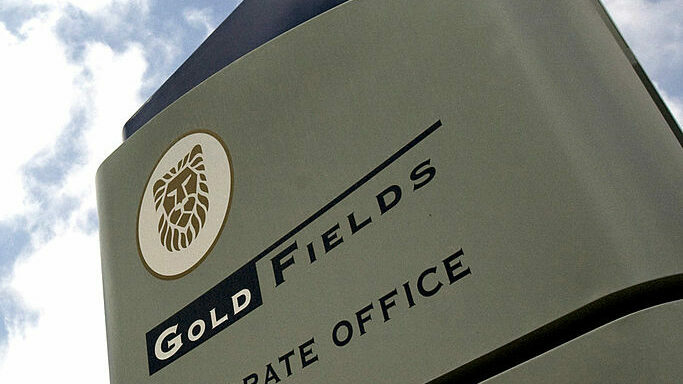
GOLD Fields CEO, Chris Griffith said his company had run the rule over a host of gold producers, including AngloGold Ashanti as it sought the next step in its strategy to build out its project and exploration portfolio.
“In quality of assets, in jursidictions, in taking us down the cost curve, and in not taking us backwards in ESG, Yamana was the one we kept coming back to,” Griffith said in an interview today. “It wasn’t flogged to us, and we didn’t bump into someone in the pub.”
The combination of Gold Fields with AngloGold Ashanti, its Johannesburg-based rival, has been a popular subject of speculation for decades. In 2020, Sibanye-Stillwater suggested the three-way tie up of the companies in order to create an African mining champion, but in the end rising valuations helped put the dampeners on any transaction.
All companies large and small – except the three largest including Barrick Gold, Newmont Mining – were under consideration, said Griffith.
Shares in Gold Fields had fallen 11% by midday in Johannesburg following an announcement it had agreed the all-share takeover of Yamana Gold for about $6.8bn, a Canadian firm that mines in South America and Canada.
Griffith said the initial market reaction was well within Gold Fields’ expectations. “It’s anticipated,” he said. “I don’t think it’s a signal of negative reaction to the deal. It’s not unexpected from a 30% premium deal.”
Griffith said Yamana was undervalued and that a lot of its future value had been brought forward, whereas Gold Fields was trading at a premium based on core net asset value.
“In the short term, the deal could be seen as expensive given the premium and given that Gold Fields trades at a discount to Yamana,” said Arnold van Graan, an analyst for Nedbank Securities. “South African-listed gold producers would always find it expensive to buy up their international rivals due to the South African discount,” he said.
“However, that is the price to pay in order to compete on a global scale, in our view.”
In addition to growing the combined unit’s production base to about 3.2 million ounces a year, making it the fourth largest gold producer globally, Yamana Gold also provided Gold Fields with new growth options.
“We have not only got development projects, but we also have opportunities to grow each of those [Yamana’s] mines such as Jacobina (a mine in Brazil) and Canadian Malartic,” said Griffith. All of them have got growth phases to come that have not been valued by us. We get over five times the exploration footprint than Gold Fields has today.”
There were no plans to buy Agnico-Eagle out of its 50% stake in Canadian Malartic – Yamana’s largest contributor to production – especially as it was the mine’s operator.
Once Gold Fields has completed its $860m Salares Norte project in Chile, the company including Yamana Gold production will be the third largest gold producer. But the transaction was not about gaining scale: “That is a consequence of the deal,” he said.
Griffith said there had been some limited discussion with shareholders regarding the transaction. “There has been some limited wall crossing to get initial feedback, but not of a representative size. Overall, the strategic rationale is understood, but clearly this is a work in progress. We will sit down with shareholders over the coming months,” he said.
Gold Fields said earlier today it expected to conclude the takeover of Yamana Gold in the second half of this year. Gold Fields needs 75% shareholder support to affect the deal whereas some 66.6% of the votes cast in Yamana Gold’s vote are required. The boards of both companies have approved the proposal.
“It’s not a weird deal, it is part of a strategy that we need to fill the pipeline of projects and wanted to bulk up Americas and gain access into Canada,” said Griffith.











